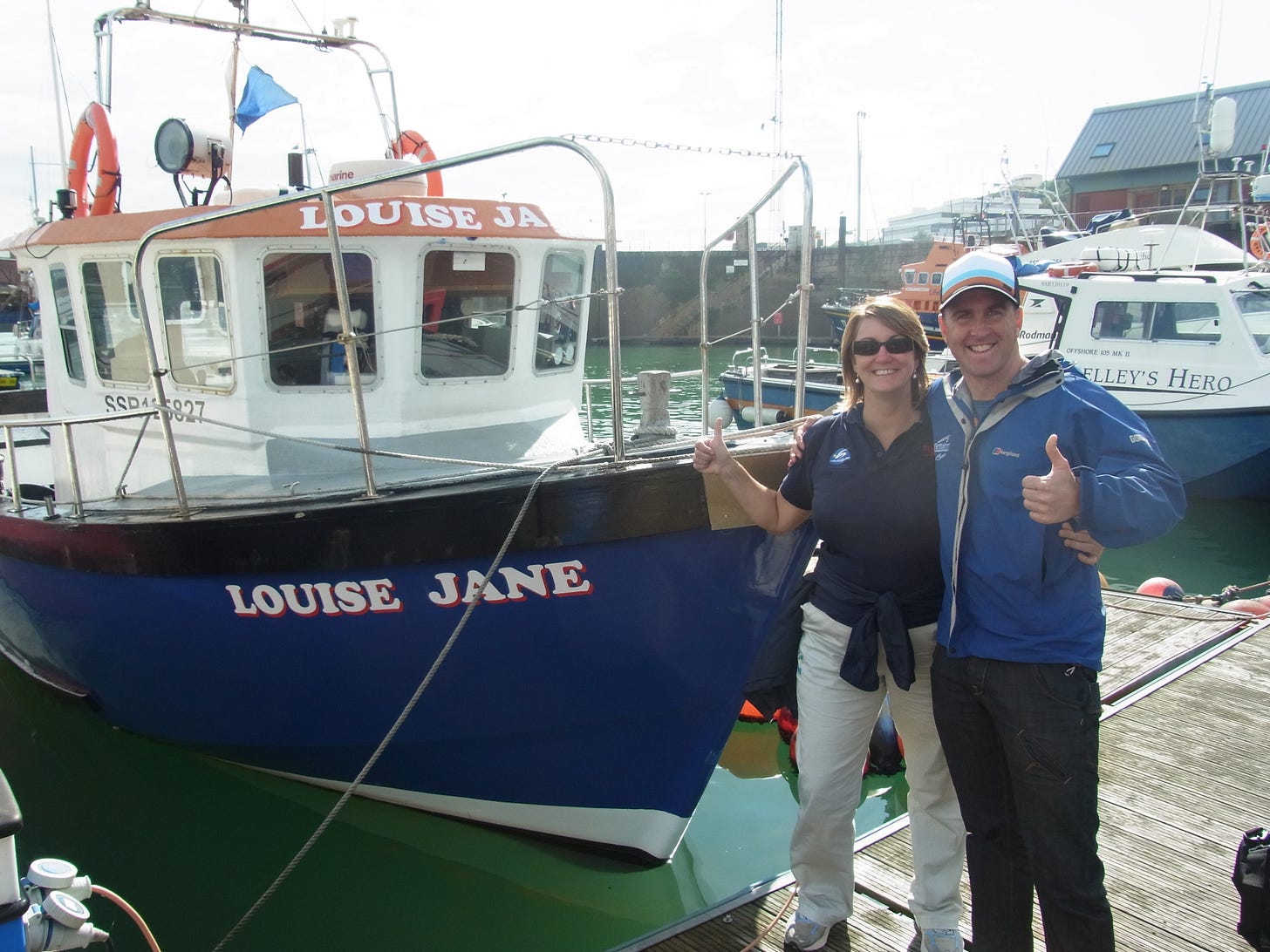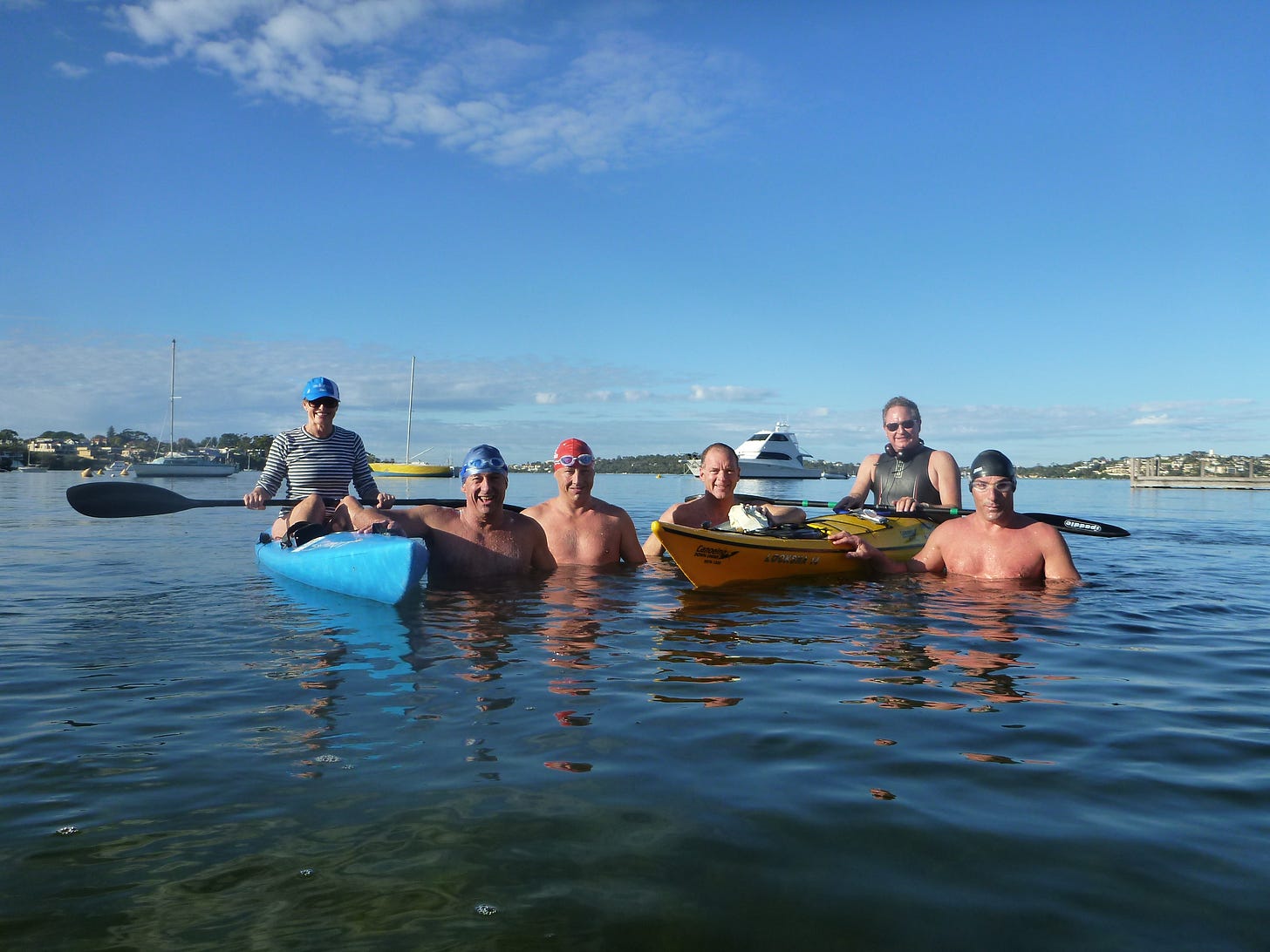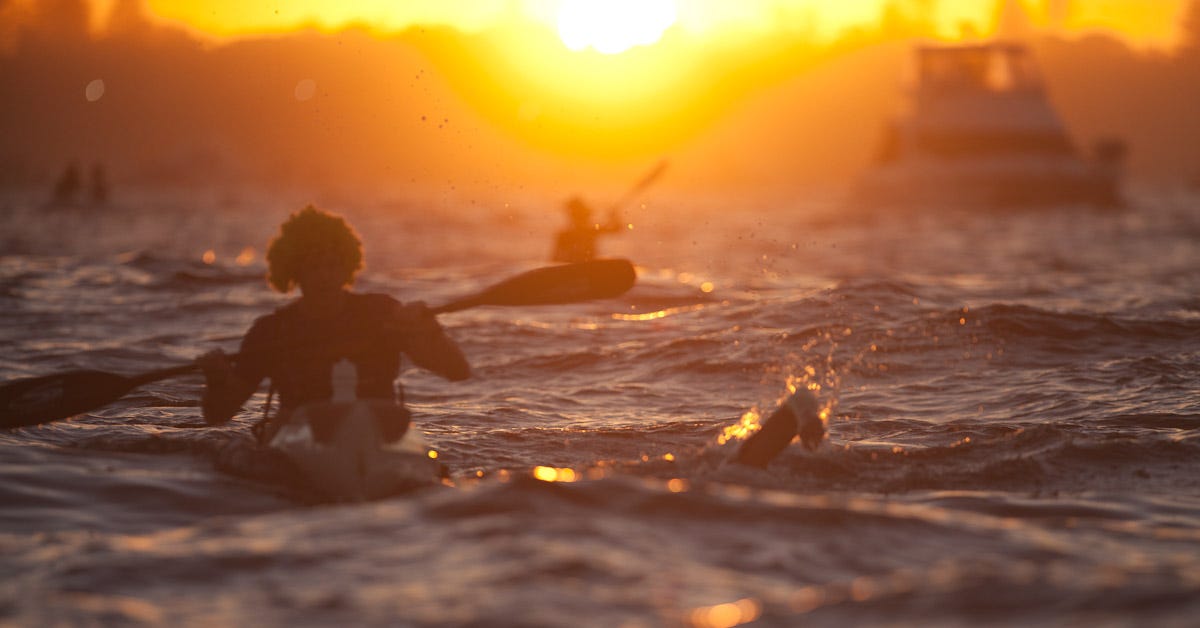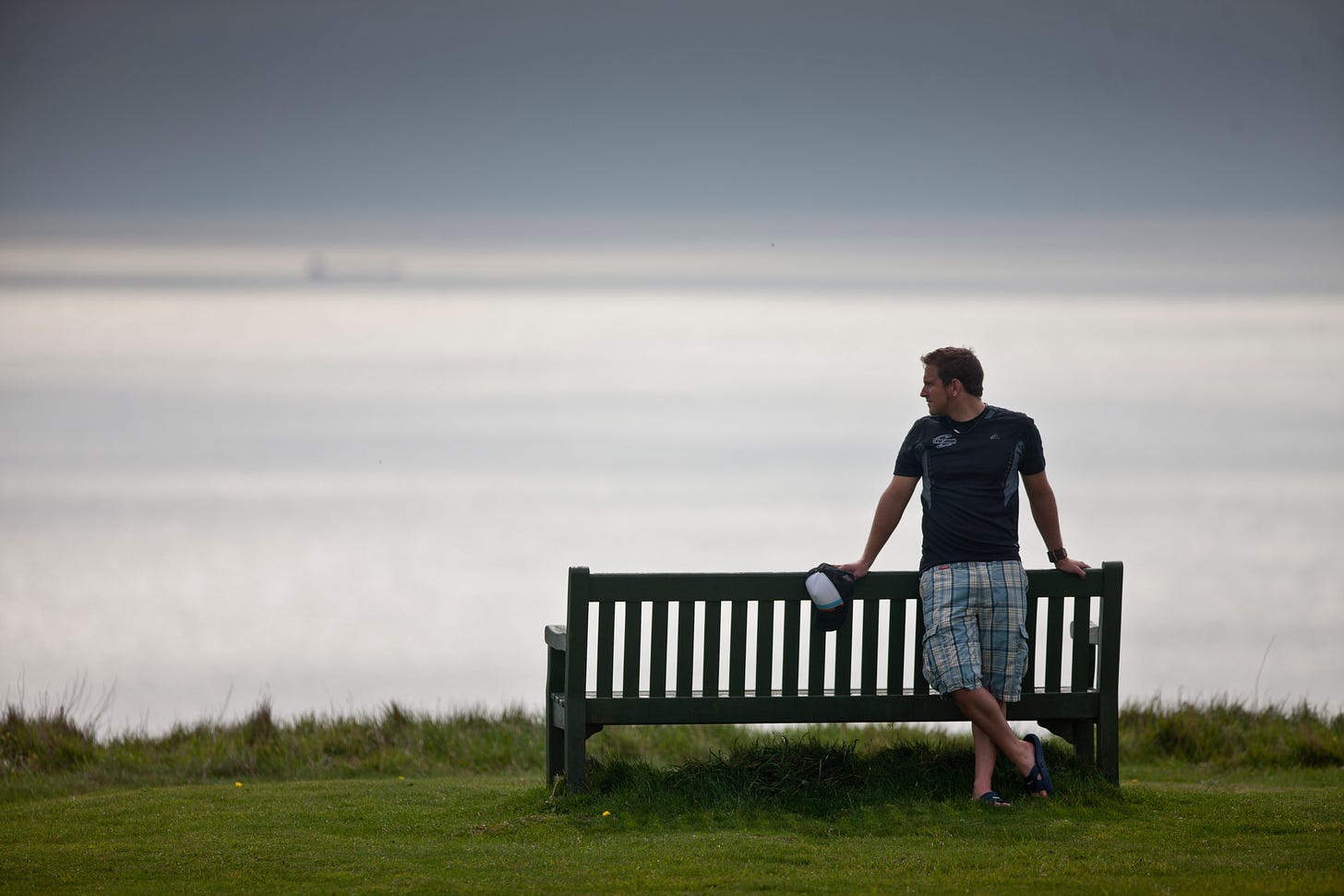🛟 Stop Swimming in Circles!
Mastering Navigation in Open Water Marathon Swimming Events
Hey Swimmers,
If I had a dollar for every time one of my swimmers asked me:
“What time do you think I’ll do for X distance or Y event?”
…I’d be a rich man. But the trouble is, you see, that with the best will in the world and the ability to predict your times as accurately as possible based off your CSS pace like these below:
But the truth is, you can be the fittest, most technically proficient swimmer on the start line—but if you swim off course, you’re giving away time, energy, and possibly even the finish line.
Whether you're racing a 2km loop or attempting a marathon swim, mastering navigation is a critical performance skill. In this post, we’ll explore how to chart the most efficient line, work with your support crew, and avoid common mistakes that cost swimmers dearly in open water marathon swimming events specifically.
If you’re thinking, hang on, marathon swimming - that’s way beyond my ability level - fret not! This article is designed to inspire and intrigue and next week we’ll take things one-step further by showing you our tried and true method for training for one of these events.
So, let’s swim on!
Why Good Navigation Matters (Even More Than You Think)
Most open water events don’t come with professional pilots or set lanes (like the Lake Placid Ironman course with it’s sub-surface rope-line). Outside of rare swims like the English Channel or the Rottnest Swim, navigation is usually your responsibility—or that of your kayak support team. And getting it wrong can lead to anything from wasted time to a DNF.
It’s not just about swimming in a straight line. You’re contending with:
Tides and currents shifting beneath you
Wind and surface swell affecting you and your support
Visibility challenges, fatigue, and mental fog mid-race
Failing to account for these can ruin your pacing plan, your fuelling schedule, and your finish.
Build a Shared Plan with Your Crew
For marathon swimming events that do allow a powered-vessel to travel with you, your support crew should lead the navigation effort—not you. With a higher vantage point, GPS, and a clearer head, they can make tactical decisions while you stay focused on swimming. This means negating the need to lift your head and sight which can save you a lot of energy.
✅ Plan scenarios: Talk through potential weather shifts, current patterns, and tactical decisions before race day.
✅ Know your target: Plot your route in advance with local knowledge when available—but trust your GPS over guesswork.
✅ Communicate clearly: Use hand signals, whiteboards, or pre-agreed gestures. The calmer you feel mid-race, the better you'll perform.
Follow the GPS—Not Just the Horizon
The most efficient path is rarely the one that looks straight. If there’s a side current pushing you north (per the example from this year’s Rottnest Channel Swim), you may need to aim slightly south to stay on track.
If you’ve never done the Rottnest Channel Swim (I highly recommend the trip “Down Under” whether as a Solo, Duo or Team), they’ve created a unique Route Optimisation Tool together with the University of Western Australia and Aurora Offshore Engineering which helps your crew plot the ideal line based on the weather, tides and current. All you need to do is plug in the following information and they’ll give you the best GPS plots to enter into your GPS device:
Prior to this tool, navigating the Rottnest Channel was like a “black art” and, to be fair, even today conditions can change on a dime. We witnessed this first-hand a few weeks ago when we got swamped by a wave from the north-east on our small boat and - long story short - I broke my big toe and split the nail bed when I dropped a heavy fibreglass table on my foot as I tried to batten down the hatches. Ouch! 2 weeks off swimming for me. Sigh.
Anyway, back to the point; support crews should use GPS to chart a true straight line from start to finish, adjusting your angle of travel accordingly. This strategy—especially at events like the Rottnest Channel Swim—can save you significant time and energy.
💡 Tip: Don’t guess where the finish buoy is—swim a GPS-adjusted line, not a visual one.
Kayaks vs Boats: What Swimmers Need to Know
Kayakers, with less tech and more surface exposure, can be blown off course even faster than swimmers. If your race involves a kayak-only escort, both you and your paddler need extra vigilance and coordination.
Stay within 2–10m of your escort craft. Too far, and you lose sight and communication. Too close, and you risk contact. In heavy swells, position yourself on the leeside (downwind) of the boat or kayak to reduce drag and turbulence.
And always, always…
Practise Bilateral Breathing—It’s Not Optional
To breathe only to one side is to limit your options—and potentially your safety. Swimmers who can breathe comfortably to either side can always face their support crew for communication and adjust positioning for shelter from swell or sun glare.
In events where you're swimming solo, bilateral breathing also helps you stay centered and avoid drifting.
🏊♂️ Training tip: Practise breathing every 3, 5, or 7 strokes in calm water, and then test under choppier conditions.
📖 True Story: When I swam the English Channel in 2011, the weather, as you’ll see in the video below, was horrendous. In fact, after the swim, I learned that I had joined the so-called “Force Four Club” for swimming in conditions which averaged over Force 4 on the Beaufort Scale for the entire swim (they were actually a Force 6 or 22-27 knot headwind for a good chunk!). Because of the conditions I had to adjust my breathing pattern from right to left and in the video below I share exactly why from 08:24 - have a quick squizz as I’m being interviewed by none other than my very good friend, mentor and 7-time world marathon swimming champion, Shelley Taylor-Smith:
When to Stop Sighting
If you’re swimming with a support craft alongside you, constant forward sighting becomes unnecessary. In fact, it can slow you down and strain your neck.
Trust your support team to keep the line. You focus on rhythm, form, and effort. This can be a big mental shift, especially if you’ve done a lot of unescorted open water training. But it will help conserve energy when it counts.
Wrap-Up: Charting the Course to Success
Great navigation doesn’t just “happen”—it’s trained, planned, and practised. From using GPS to reading currents, collaborating with your crew to building bilateral breathing into your toolkit, it all adds up to smarter, faster swimming.
Next week, we’ll expand on this foundation with a deep dive into how to train specifically for marathon swim events, from fuelling strategies to building your engine for hours of effort.
Until then, have a great week of swimming - your coach, Paul.
Keep reading with a 7-day free trial
Subscribe to Weekly Blog by Swim Smooth to keep reading this post and get 7 days of free access to the full post archives.











